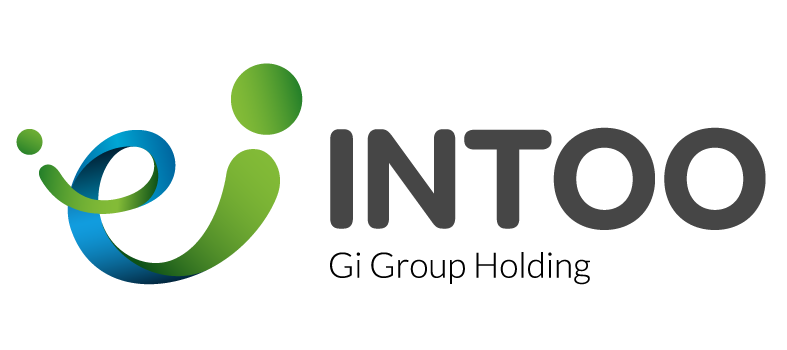What Is the Kotter Model?
The Kotter Model, also known as John Kotter’s 8-Step Change Model, was developed by Harvard Business School professor Dr. John Kotter and is a widely recognized eight-step process designed to help organizations implement successful change. This model is built on the premise that change is a complex process that requires careful planning and execution. The eight steps are:
- Create Urgency
- Form a Powerful Coalition
- Create a Vision for Change
- Communicate the Vision
- Empower Broad-based Action
- Generate Short-term Wins
- Consolidate Gains and Produce More Change
- Anchor New Approaches in the Culture
How Do You Use Kotter’s 8 steps?
Kotter’s 8-step model is a sequential guide for implementing successful organizational change. Here’s how to effectively use each step:
- Create a Sense of Urgency: Don’t just say change is needed. Gather data, present clear problems, and showcase potential consequences of inaction. Highlight the benefits of the change to build excitement.
- Form a Powerful Guiding Coalition: Assemble a diverse team with leadership skills, influence across departments, and a genuine belief in the change. This group will champion the initiative and navigate challenges.
- Develop a Vision and Strategy: Craft a clear picture of the desired future state that’s inspiring and easy to understand. Develop a realistic roadmap with actionable steps to achieve the vision.
- Communicate the Vision: Clearly and consistently communicate the vision and strategy through various channels. Use town halls, emails, and informal interactions to answer questions and address concerns.
- Empower Employees for Action: Identify and remove roadblocks that hinder employee participation. Provide training, resources, and clear expectations to enable employees to contribute effectively.
- Create Short-Term Wins: Celebrate even small victories early on. Recognize and reward individuals and teams who achieve milestones. These wins generate momentum and keep people engaged.
- Consolidate Gains and Produce More Change: Analyze what’s working and refine the approach based on learnings. Leverage early wins to build momentum for further transformation in the organization.
- Anchor New Approaches in the Culture: Integrate the successful changes into the organization’s values, behaviors, and performance metrics. This ensures the changes become the new normal and are sustained over time.




